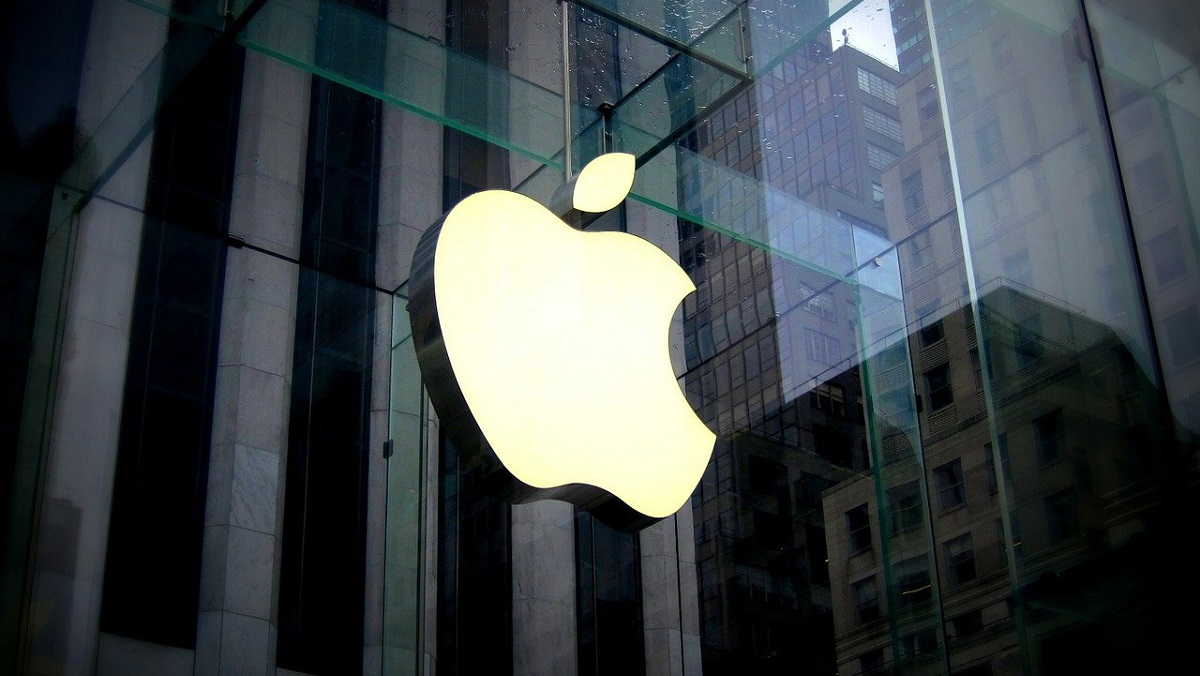
Apple Inc. has filed a new patent that authenticates users using their vascular structure or vein map. Apple would obviously embed the ‘Wrist ID’ unlock technology inside the Apple Watch. However, it could potentially offer user authentication across Apple’s products and devices.
A new patent hints Apple is interested in a lot more than a person’s fingerprint, face, and eyes, for user authentication. The company is now exploring biological features that lie below the surface of the skin.
What is the Apple Wrist ID patent?
Apple Inc. has filed a new patent with the United States Patent and Trademark Office (USPTO). The patent indicates the company is interested in the subcutaneous layer, or precisely, the network of veins for authentication and authorization purposes.
The Apple Wrist ID patent appears straightforward. It involves embedding a light sensor at the back of the wrist-wearable device. The most obvious candidate for the tech is the Apple Watch.
"New patent hints at ‘Wrist ID’ for Apple Watch" via The Next Web https://t.co/hFOIgcwEsS
— Nick Holland (@nickster2407) January 11, 2021
The light sensor would fire a beam of light into the user’s wrist. This would generate a field image of the area.
A person’s vein map or vein-filled section is usually very unique. If the patent and general science are to be believed, the vein-map is so unique, it can be used for authentication and authorization of the wearer, just like a fingerprint.
The Apple Watch currently asks wearers to confirm they are the true owners by making them enter a PIN into the rather small display, every time they wear it.
Why does Apple want to use a person’s veins or vascular structure for authentication?
While the patent is certainly light on the exact details, the Apple Wrist ID technology is plausible. Still, for general use cases, Apple could use it as a secondary authentication technique. In other words, Apple might use vein-mapping as a secondary or confirmatory technology for authentication and authorization.
It is important to note that the Apple Watch does not have a fingerprint scanner. In fact, the Apple Watch currently lacks any biometric authentication tech.
Users must type in a PIN code the first time they put the Apple Watch on their wrist. Wearers must do this every day because the Apple Watch automatically locks itself when it detects it has been removed from the arm.
New patent hints at ‘Wrist ID’ for Apple Watch – https://t.co/pSbGiS9toc pic.twitter.com/mj7KvmOsrl
— Digitallifestyleserve (@digitallifest10) January 11, 2021
Apple Inc. would certainly want to minimize or eliminate the cumbersome process. Needless to add, users who take off their Apple Watch multiple times a day would surely welcome the Apple Wrist ID technology.
The Apple Watch could also be used to authenticate purchases, and make payments, using the Wrist ID. In fact, introducing any biometric authentication directly on the wrist could open multiple, secure authentication and authorization use cases.
Although Apple has filed a patent, it doesn’t mean the company will embed the Wrist ID inside the upcoming Apple Watch. Nonetheless, the technology appears feasible and practical, even if the Apple Watch does seem to have problems with tattooed skin.


